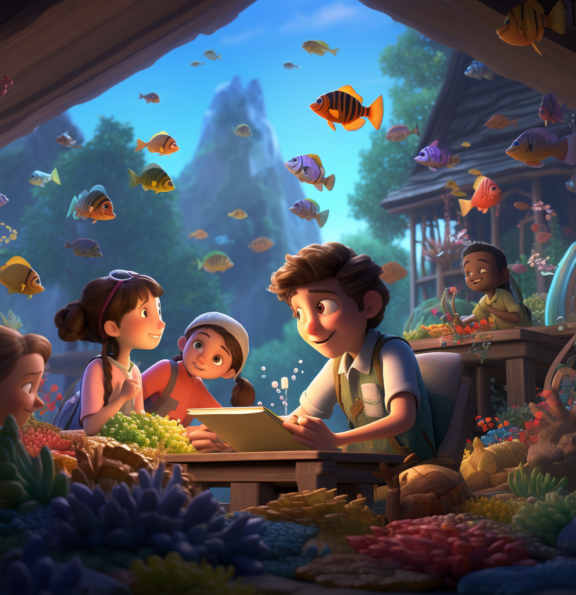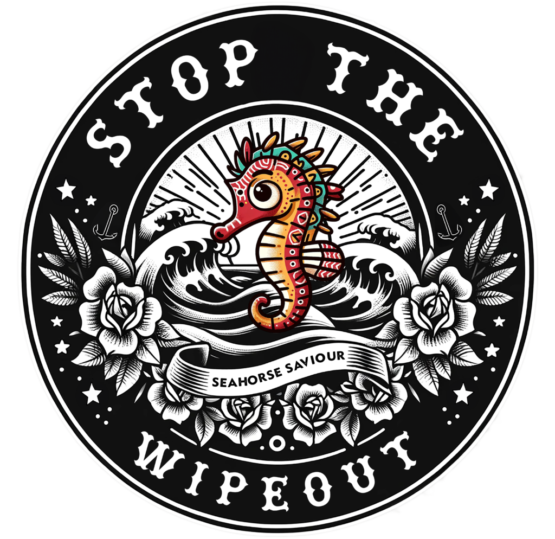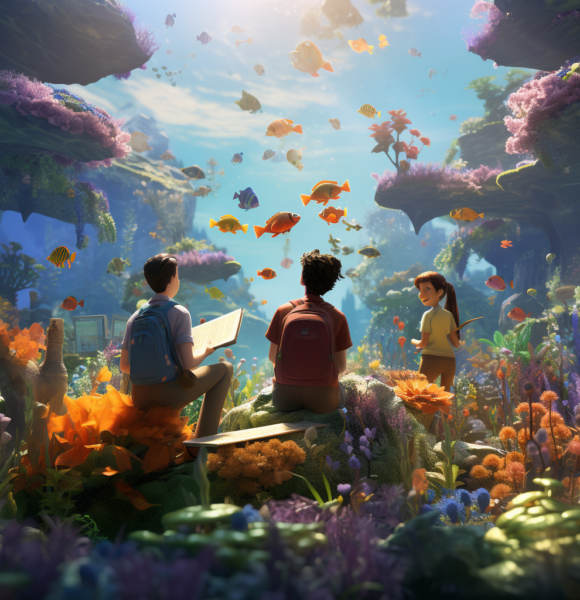
Dive into a World of Marine Conservation
This program spotlights the endangered White’s Seahorse, a species native to Australia’s east coast, offering students a unique opportunity to play a direct role in its conservation. Through a series of expert-guided, bespoke lessons and scaffolded activities, students will gain in-depth knowledge about the seahorse, its habitat, and the challenges it faces.
The program’s heart lies in its hands-on conservation effort: each school will construct a Seahorse Hotel.
These hotels, strategically sunk at set locations around Port Stephens with our collaborating partners Dr David Harasti from the DPI, will serve as safe havens for captive-bred seahorses from Sydney Sea Life Aquarium being reintroduced into the wild.
Key Features
Timing: The program includes 8 one-hour lessons covering elements from all KLA’s. This learning sequence is designed to be completed over one term, with an extended engagement period of up to two terms for added flexibility.
Hybrid Engagement: Our learning management approach will include several interactive components spaced through the engagement period. Allowing schools and students opportunity to interact online with our team and other students connected in this journey.


Additional Features
Hive Streams: These are informative and entertaining video programs, released evenly throughout the engagement period. Providing a unique window into the world of the White’s Seahorse and our other programs, further offering students an immersive, behind-the-scenes look at the collaborating team they are working with as part of this effort.
Excursion Opportunity: A deployment day excursion will be offered at the conclusion of the unit, providing the opportunity for students to see their Seahorse Hotels taken to their ocean habitats and engage with the team and student community.